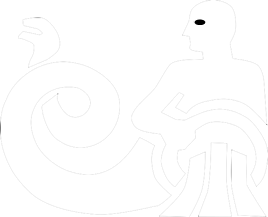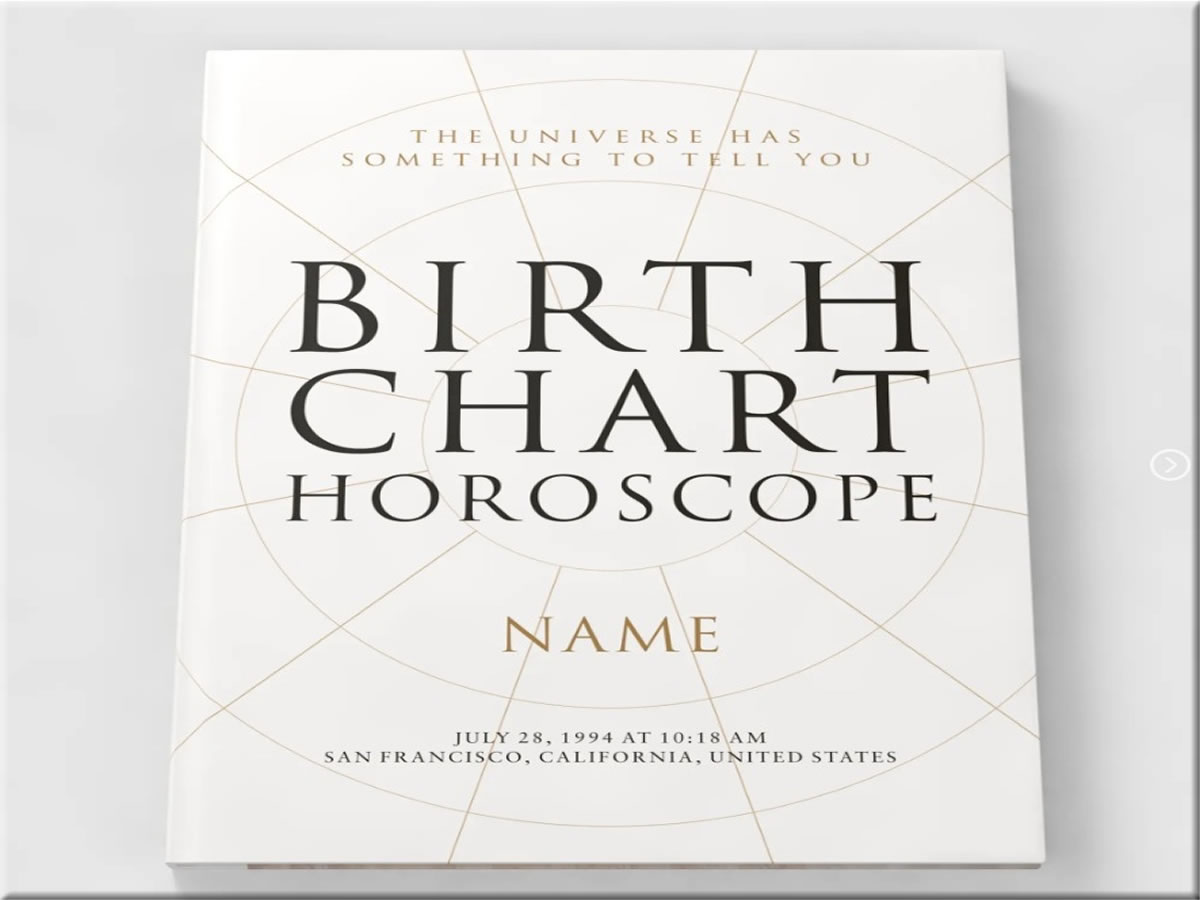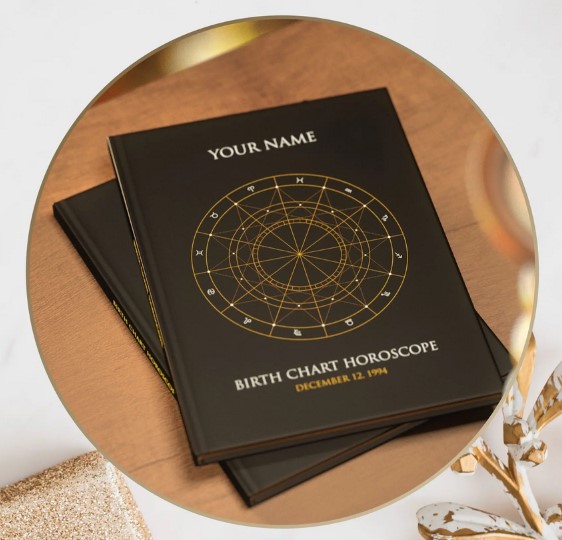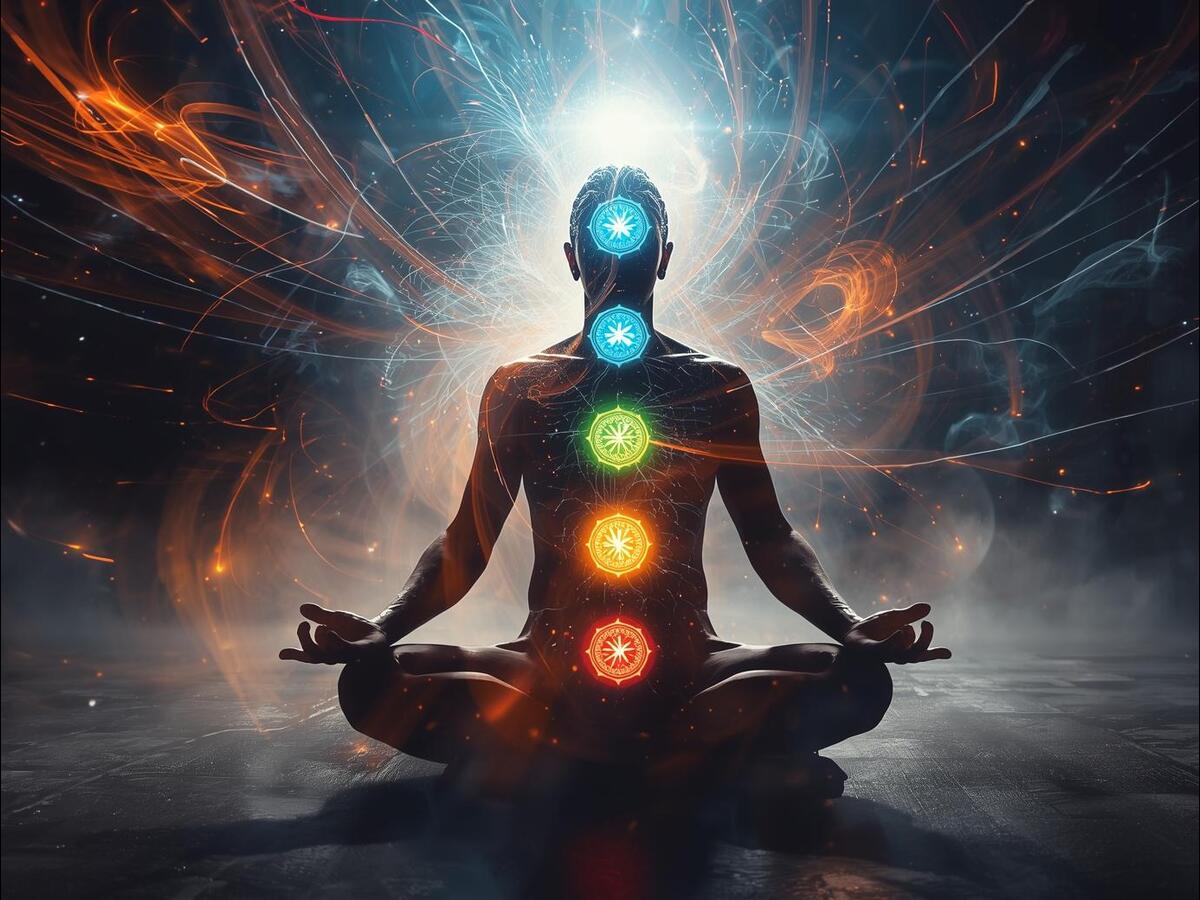
Understanding The Chakra System
The chakra system is an ancient framework that has fascinated and influenced holistic health practices worldwide. The word ‘chakra’ comes from the Sanskrit word meaning ‘wheel’ or ‘disk’, and this system refers to the spinning energy centers in the body that are said to influence our physical, emotional, and spiritual well-being.
Historically, the concept of chakras originated in the early traditions of Hinduism and Buddhism. The chakras are mapped along the spine, each associated with specific organs and emotional, psychological, and spiritual states. These energy centers have played a crucial role not only in spiritual contexts but also in understanding the human body and mind holistically.
In today’s fast-paced world, the interest in chakras has surged, especially among those seeking balance and inner peace. People are increasingly turning to chakra balancing to enhance personal energy, gain clarity, and achieve a sense of harmony in both their mental and physical health. Incorporating the chakra system into daily life can offer insights into self-care practices and foster an integrated approach to health and wellness.
The Seven Major Chakras Explained
The chakra system comprises seven primary chakras, each with unique attributes and influences on your body and mind. Understanding these can offer straightforward guidance on managing your energy flow better.
The Root Chakra, or Muladhara, sits at the base of your spine and is all about survival and security. It’s what keeps you grounded. Moving up, the Sacral Chakra, known as Svadhisthana, swirls in your lower abdomen and governs creativity and emotions. It’s also where passion and pleasure live. Then you have the Solar Plexus Chakra, the Manipura, located around your stomach, which fires up your confidence and ego.

The Heart Chakra, or Anahata, lies in the center of your chest and is a hub for love, compassion, and connection. The Throat Chakra comes next, aptly named Vishuddha, and it’s all about voice and communication. It’s how you express your most authentic self to the world.
The Third Eye Chakra, Ajna, sits between your eyebrows. This is your intuition center, offering insight and wisdom beyond the obvious. Lastly, the Crown Chakra, Sahasrara, rests at the top of your head. It’s your spiritual gateway, connecting you to higher states of consciousness and universal energy.
Recognizing how each chakra plays a specific role can help you identify and address any imbalances that might be knocking your life off-kilter. It’s like having a roadmap for your body’s energy systems, offering clues into both physical sensations and emotional states you experience daily.
Balancing and Activating the Chakras
An essential part of working with the chakra system is recognizing when your energy centers are out of whack. Signs of imbalance often manifest as physical issues or emotional upheaval. For instance, feeling insecure might point to an overactive Root Chakra, while trouble expressing yourself could signal a block in the Throat Chakra.
Bringing balance doesn’t require you to overhaul your entire lifestyle. Simple practices can make a huge difference. Meditation is a powerful tool that offers a quiet space to tune into your body’s energy. Visualizing each chakra, perhaps as a spinning wheel or vibrant light, can help clear blocks and enhance energy flow.
The Book of Wisdom is a must-have book for every free-thinker and truth-seeker. It offers a wealth of knowledge, encompassing both surface-level truths and deep, hidden insights from the esoteric realm.
Yoga is another excellent way to align your chakras. Specific poses target different chakras, helping to release trapped energy and encourage harmony. For example, tree pose can ground your Root Chakra, while cobra pose energizes the Heart Chakra, fostering openness.
Diet also plays a role. Eating foods that correspond with each chakra’s color can be effective. Think red apples for the Root Chakra or leafy greens for your Heart Chakra.
When chakras are balanced, the benefits ripple through your whole being. Physically, you might notice increased vitality and fewer aches and pains. Mentally and emotionally, clarity, peace, and joy often follow. It’s a journey toward wholeness that enriches everyday life, helps manage stress, and fosters a deeper connection with yourself and the world around you.
Scientific Perspectives on the Chakra System
Science and spirituality often walk parallel paths, and the chakra system sits right at their crossroads. While the concept of chakras may seem esoteric, modern science has started to explore this system, seeking tangible explanations and connections to the human body.
Each chakra aligns with major nerve centers and organs, suggesting a physiological basis to these energy hubs. For example, the Heart Chakra coincides with the cardiac plexus, influencing our emotional well-being and physical heart health.
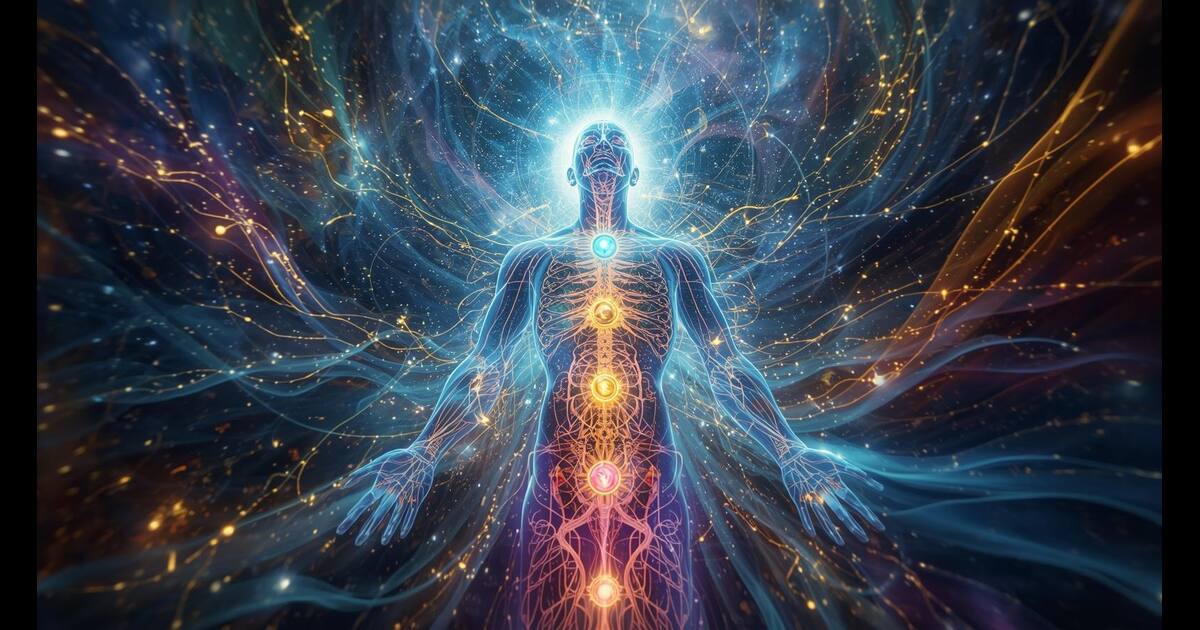
There’s growing interest in understanding how techniques used to balance chakras—like meditation and yoga—impact mental health. Research suggests these practices can lower stress, enhance mood, and even improve focus and cognitive function. While science often speaks a different language, there’s a curiosity about how these traditional concepts can translate into quantifiable data.
Of course, there’s skepticism too. Not all experts agree on the merits or physical evidence of chakras. Discussions often question the scientific validity of these discussions, viewing them as metaphors rather than literal components.
Despite differing viewpoints, it’s clear that some level of scientific curiosity supports the idea that focusing on these energy centers can impact overall health and wellness. Whether one views chakras as spiritual guides or biological mysteries, there’s no denying the fascinating intersection of ancient wisdom and modern inquiry.
Steps to a Chakra-Centered Lifestyle
Incorporating chakras into your daily life doesn’t require grand gestures; it just takes small, mindful steps. Developing a routine that nurtures your energy centers can significantly improve your overall well-being.
Begin each day with an intention focused on chakra balance. A few minutes of morning meditation, dedicating your attention to each chakra, can set a positive tone for the rest of the day. Feel the clarity in starting with a grounded Root Chakra and moving upwards for complete alignment.
Movement is vital. Yoga, tai chi, or even simple stretching can help keep energy flowing and chakras humming. Tailor these activities to target specific chakras needing extra care. Plus, they offer the added perk of keeping you physically fit.
Volume 2 continues the profound themes introduced in the predecessor even deeper into the complexities of existence and the pursuit of knowledge, encouraging readers to question established beliefs.
Diet plays its part too. Eating a variety of colorful fruits and vegetables not only reflects the chakra spectrum but also nourishes your body. Foods like blueberries for the Third Eye Chakra or walnuts for the Crown Chakra can nurture specific energy centers.
Engaging with a community can provide support and insight. Attend workshops or join online groups focused on chakra healing. Sharing experiences and learning from others can deepen your practice, offering new techniques and perspectives to explore.
For those seeking further guidance, numerous resources are available, from books that delve into chakra philosophy to online courses offering structured learning paths. Exploring these can provide you with a deeper understanding and a more structured approach to maintaining chakra harmony.
Related Topics



